Home>Furniture>Outdoor Furniture>How To Demo A Concrete Patio
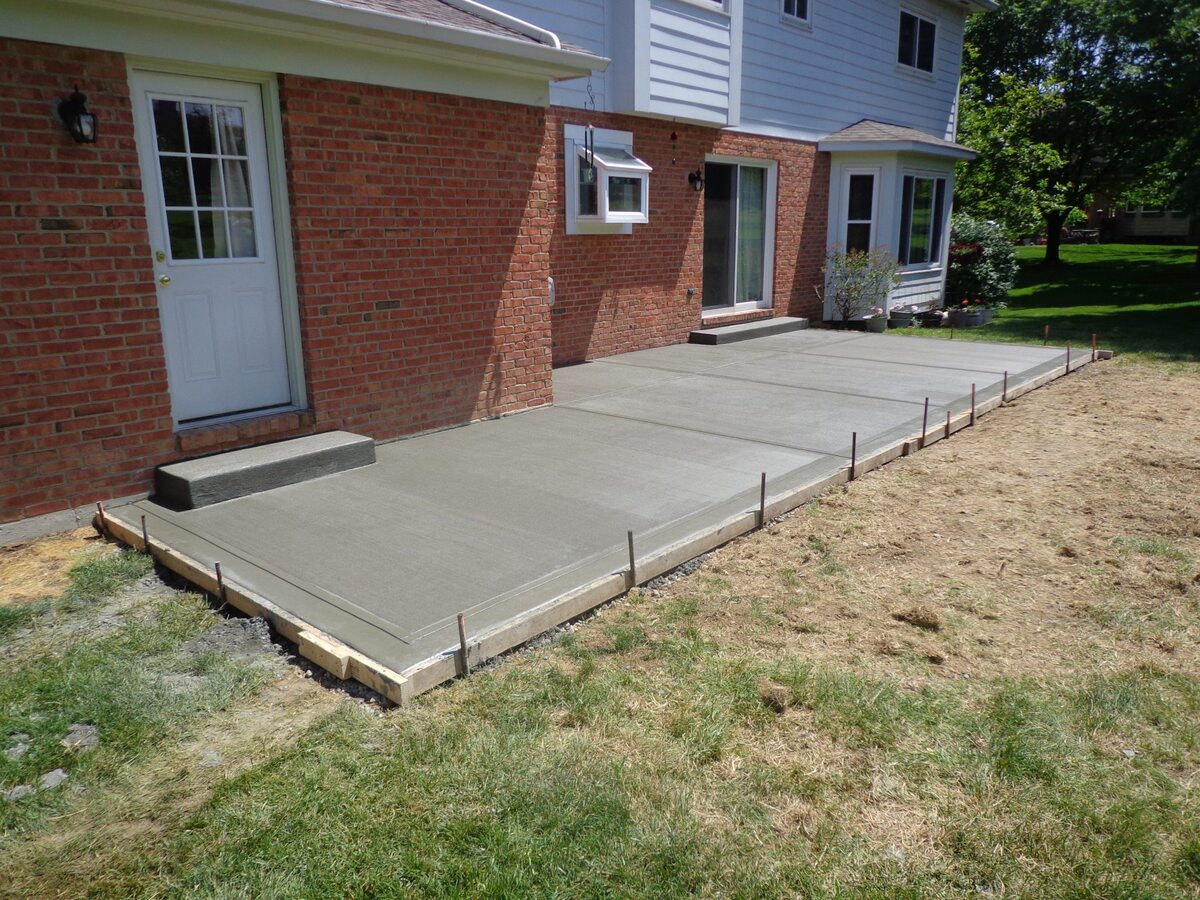

Outdoor Furniture
How To Demo A Concrete Patio
Modified: March 7, 2024
Learn how to properly demo a concrete patio and make way for your new outdoor furniture with our step-by-step guide.
(Many of the links in this article redirect to a specific reviewed product. Your purchase of these products through affiliate links helps to generate commission for Storables.com, at no extra cost. Learn more)
Introduction
Creating a beautiful and functional outdoor living space is a goal for many homeowners, and a concrete patio can be a great addition to any backyard. Concrete patios are durable, low-maintenance, and provide a versatile space for entertaining, dining, or simply relaxing outdoors.
However, there may come a time when you decide to update or replace your existing concrete patio. Whether it’s due to cracks, uneven surfaces, or simply a desire for a new design, demolishing the old patio is the first step towards achieving your desired outdoor oasis. While the thought of demolishing a concrete patio may seem daunting, with the right tools, materials, and knowledge, it can be a manageable task.
This article will guide you through the process of demoing a concrete patio, step by step. From gathering the necessary tools and materials to cleaning up the area after demolition, you’ll learn the essential techniques to safely and efficiently remove your old patio. So, put on your work gloves and let’s get started!
Key Takeaways:
- Demolishing a concrete patio requires proper preparation, safety gear, and the right tools. Clearing the area, breaking the concrete, and disposing of debris are essential steps for a successful project.
- After demoing a concrete patio, cleaning and leveling the area is crucial for future installations. Proper disposal of concrete debris and final touches ensure a safe and tidy outdoor space.
Read more: How To Smooth A Concrete Patio
Step 1: Gather the Necessary Tools and Materials
Before you begin the demolition process, it’s important to gather all the tools and materials you’ll need. Having everything ready will help you work efficiently and minimize any unnecessary delays. Here are the essential tools and materials you’ll need:
- Safety Gear: Your safety should be your top priority when demolishing a concrete patio. Make sure to wear protective goggles, gloves, a dust mask, and sturdy work boots to protect yourself from flying debris and dust.
- Demolition Hammer or Jackhammer: These powerful tools are essential for breaking up the concrete. Choose a hammer with enough force to handle the thickness of your patio slab. You can rent these tools from a local equipment rental store.
- Chisel and Pry Bar: These hand tools will come in handy for removing smaller pieces of concrete or breaking up stubborn areas. A chisel is useful for creating cracks in the concrete before using the demolition hammer, while a pry bar helps with leverage when removing concrete pieces.
- Sledgehammer: A sledgehammer is another option for breaking up the concrete, particularly for smaller patio areas or if you prefer not to use power tools. It requires more physical exertion but can be an effective tool for this task.
- Wheelbarrow or Dumpster: You’ll need a way to transport and dispose of the concrete debris. A wheelbarrow can work if you have a smaller amount of concrete to remove, but for larger patios, renting a dumpster may be a more practical option.
- Sturdy Tarp or Plastic Sheeting: Use a tarp or plastic sheeting to protect any nearby structures, plants, or landscaping from debris during the demolition process.
- Shovel: A sturdy shovel is essential for clearing away the broken concrete pieces and preparing the area for leveling and cleanup.
- Safety Markers: Use caution tape or safety cones to mark off the work area and prevent anyone from accidentally entering the space while demolition is in progress.
Once you have gathered all the necessary tools and materials, you’ll be ready to move on to the next step: preparing the area for demolition.
Step 2: Prepare the Area
Before you start demolishing your concrete patio, it’s crucial to prepare the surrounding area to ensure safety and ease of work. Follow these steps to properly prepare the area:
- Clear the Area: Remove any outdoor furniture, plants, or other objects from the patio area. This will give you ample space to work and prevent any accidental damage. It’s also a good idea to cover nearby structures, such as the exterior walls of your house or nearby windows, with a tarp or plastic sheeting to protect them from debris.
- Turn off Utilities: If your concrete patio has any electrical, gas, or water lines running underneath or nearby, make sure to turn off the utilities beforehand. This will prevent any accidents and ensure your safety during the demolition process. If you’re unsure about the location of these lines, contact your utility providers for assistance.
- Secure Perimeter: Use caution tape or safety cones to mark the boundaries of the work area. This will alert others to stay away from the area and prevent any accidental entry, minimizing the risk of injury.
- Notify neighbors: If you have neighbors in close proximity to your patio, it’s a good idea to inform them of your plans to demolish the patio. This way, they can take necessary precautions to protect their own property and prevent any inconvenience.
By properly preparing the area, you’ll create a safe and well-organized space for the demolition process. This will not only enhance the efficiency of the work but also ensure the safety of yourself and others around you. With the area prepared, it’s time to move on to the next step: clearing the patio surface.
Step 3: Clear the Patio Surface
Now that you have prepared the area, it’s time to clear the surface of your concrete patio. This step involves removing any loose items, debris, or vegetation from the patio before you begin the demolition process. Follow these steps to clear the patio surface effectively:
- Sweep or Use a Leaf Blower: Start by sweeping the surface of the patio with a broom or using a leaf blower to remove loose leaves, dirt, and debris. This will ensure a clean working area and prevent any interference during the demolition process.
- Trim Overhanging Vegetation: If there are any plants, branches, or vines overhanging onto the patio area, trim them back to create clearance. This will provide a clear path for the demolition work and prevent any damage to the surrounding plants or structures.
- Remove Furniture and Fixtures: If there are any patio furniture, grills, or fixtures still present, remove them from the surface. Store them in a safe place away from the work area to avoid any potential damage or obstruction during the demolition process.
- Inspect for Hazardous Materials: Check the surface of the patio for any hazardous materials that may be present. This includes asbestos or lead-based paint, commonly found in older constructions. If you suspect the presence of these materials, consult with professionals for proper handling and disposal.
- Dispose of Waste: As you clear the patio surface, separate the waste into different piles. This will make it easier to dispose of later on. Concrete debris should be segregated from any organic materials and other waste. Follow local regulations for proper waste disposal.
By clearing the patio surface thoroughly, you’ll ensure a safer and more efficient demolition process. With the area cleared, you’re now ready to move on to the next step: breaking the concrete.
Step 4: Start Breaking the Concrete
With the patio surface cleared, it’s time to start breaking the concrete. This step is where the heavy work begins, as you’ll be using tools like a demolition hammer, jackhammer, chisel, or sledgehammer to break up the concrete into manageable pieces. Follow these steps to break the concrete efficiently:
- Create Score Lines: Using a chisel, create score lines on the surface of the concrete. These lines will help weaken the structure and make it easier to break apart. Start at one corner and make parallel lines about 6-8 inches apart across the entire patio area.
- Start Breaking from the Edges: Begin breaking the concrete from the edges or corners of the patio. This will create separation and make it easier to remove sections of concrete. Place the chisel or jackhammer at the edge of the score line and apply downward pressure or hammer it gently to create cracks and breaks.
- Work in Sections: Break the concrete into smaller sections instead of attempting to break the entire patio at once. This will prevent overwhelming yourself and make it easier to manage the broken pieces. Focus on one section at a time and continue breaking until the entire area is covered.
- Use a Jackhammer or Demolition Hammer: If you have access to a jackhammer or demolition hammer, it can significantly speed up the breaking process. Follow the manufacturer’s instructions for operating the tool safely and effectively. Work systematically across the patio, breaking the concrete into manageable chunks.
- Utilize a Pry Bar or Sledgehammer: In areas where the jackhammer or demolition hammer cannot reach, use a pry bar or sledgehammer to break up the concrete further. Insert the pry bar into the cracks or breaks you created and apply leverage to loosen and remove the concrete pieces.
- Be Mindful of Surrounding Structures: As you break the concrete, be careful not to damage any surrounding structures, like the foundation of your house or nearby walls. Take your time and work with precision to avoid any unnecessary mishaps.
Breaking the concrete can be a physically demanding task, so be sure to take breaks when needed and stay hydrated. Remember to wear your safety gear at all times and work cautiously. Once the concrete is broken up into manageable pieces, you’re ready to move on to the next step: removing the concrete pieces.
When demoing a concrete patio, make sure to wear protective gear such as gloves, goggles, and a mask to avoid injury from flying debris and dust. Use a sledgehammer or jackhammer to break up the concrete into manageable pieces for removal.
Read more: How To Level A Concrete Patio
Step 5: Remove the Concrete Pieces
Now that the concrete is broken into manageable pieces, it’s time to remove them from the patio area. Removing the concrete pieces efficiently will help clear the space for further work and make the cleanup process easier. Here are the steps to remove the concrete pieces:
- Lift and Carry: Depending on the size and weight of the concrete pieces, you can lift them manually or with the help of a partner. Bend at your knees and use proper lifting techniques to avoid straining your back. Carry the concrete pieces to a designated area for disposal or for later use if you plan to recycle them.
- Use a Wheelbarrow: If the concrete pieces are too heavy to lift, consider using a wheelbarrow for transportation. Place the concrete pieces in the wheelbarrow one by one, making sure not to overload it. Push the wheelbarrow to the disposal or recycling area and unload the concrete pieces.
- Dispose Responsibly: Properly disposing of the concrete pieces is important for both environmental and safety reasons. Check with your local waste disposal regulations to determine the appropriate method for concrete waste disposal. In some areas, you may be able to take the concrete pieces to a recycling facility, while in others, they may need to be disposed of at a construction waste disposal site.
- Recycle or Repurpose: Consider recycling the concrete pieces if possible. Concrete can be crushed and used for various purposes, such as road base material or aggregate for new concrete projects. Additionally, you may choose to repurpose the concrete pieces for landscaping features like garden paths or retaining walls.
- Clean the Area: Once all the concrete pieces have been removed, use a broom or shovel to sweep away any remaining debris or loose particles. This will prepare the area for the next step, which is cleaning and leveling the surface.
Removing the concrete pieces can be physically demanding and time-consuming, so take breaks as needed and work at a pace that is comfortable for you. Remember to prioritize safety by wearing appropriate protective gear throughout the process.
With the concrete pieces removed, you’re now ready to move on to the next step: cleaning and leveling the patio area.
Step 6: Clean and Level the Area
After removing the concrete pieces, it’s important to clean and level the area to prepare it for any future patio installation or landscaping. This step ensures a smooth and even surface for your outdoor space. Follow these steps to clean and level the area:
- Remove Debris: Start by clearing away any remaining debris, dirt, or loose particles from the area. Use a broom, shovel, or leaf blower to sweep the surface and gather any debris into a pile.
- Inspect the Surface: Next, inspect the patio area for any protruding concrete pieces or uneven spots. Smooth out any high spots with a chisel or grinder, and fill in any low spots with a leveling compound or additional concrete mix.
- Pressure Wash: If there are stains or dirt buildup on the surface, consider using a pressure washer to clean the patio area. This will help remove any stubborn stains and give the surface a fresh and clean appearance. Be sure to follow the pressure washer manufacturer’s guidelines for safe and effective use.
- Allow for Drying Time: After cleaning the surface, allow it to dry completely before proceeding with any further work. This will ensure that any leveling compounds or additional concrete mix properly adhere to the surface.
- Level the Surface: If necessary, use a screed or leveling tool to ensure the patio surface is even and level. This is particularly important if you plan to install new pavers, tiles, or another type of patio surface. It will prevent any tripping hazards and ensure a professional finish.
- Check for Drainage: Finally, check the patio area for proper drainage. Make sure that water is not pooling or collecting in certain spots. If needed, adjust the leveling or consider adding drainage solutions like French drains or a slope to redirect water away from the patio.
Cleaning and leveling the area will provide a solid foundation for future patio installations and ensure a visually appealing and functional outdoor space. Take your time during this step to achieve the best results. With the area cleaned and leveled, you’re now ready to move on to the next step: disposal of the concrete debris.
Step 7: Disposal of Concrete Debris
Proper disposal of the concrete debris is essential to ensure environmental responsibility and comply with local regulations. Depending on the quantity and size of the concrete debris, you may have different disposal options available. Follow these steps to dispose of the concrete debris:
- Sort and Separate: Sort the concrete debris into different piles based on the size and type of material. Separate any steel rebar or other metal pieces from the concrete. This will make it easier to dispose of and recycle the materials appropriately.
- Recycling: Consider recycling the concrete debris if possible. Many recycling facilities accept concrete waste and process it for reuse in construction projects. Check with local recycling centers or construction waste disposal sites to find out the nearest recycling facility that accepts concrete. Follow their guidelines for drop-off or pick-up procedures.
- Hiring a Dumpster: If you have a significant amount of concrete debris or it’s not feasible to recycle, renting a dumpster may be a convenient option. Contact local waste management companies or rental companies to inquire about dumpster rental services. They can provide you with the appropriate size dumpster for your needs and arrange for its delivery and pickup.
- Construction Waste Disposal Site: In some areas, there may be designated construction waste disposal sites where you can bring the concrete debris for proper disposal. These sites have specific procedures and regulations, so contact your local municipality or waste management agency to find the nearest construction waste disposal site and to obtain the necessary permits, if required.
- Professional Disposal Services: If you are unable to handle the disposal on your own or the debris is too large to manage, consider hiring professional disposal services. They specialize in handling and disposing of construction waste, including concrete debris. They will have the necessary equipment and expertise to safely remove and dispose of the debris.
Ensure that you follow all local regulations and guidelines when disposing of the concrete debris. Improper disposal can result in fines and harm to the environment. By responsibly disposing of the concrete debris, you can contribute to sustainable waste management practices.
With the concrete debris properly disposed of, you’re now ready to move on to the final step: applying the final touches and cleaning up the area.
Step 8: Final Touches and Cleanup
Congratulations! You’re in the final step of demoing your concrete patio. This step involves applying the final touches to the area and ensuring a clean and tidy finish. Follow these steps to complete the process:
- Inspect the Area: Take a moment to inspect the cleared and leveled patio area. Ensure that there are no remaining debris or loose particles. Check for any areas that may require additional cleaning or touch-ups.
- Repair or Patch: If there are any minor cracks or imperfections in the surrounding concrete or adjacent structures, you can consider repairing or patching them at this stage. Follow the appropriate repair methods and use suitable materials according to the specific needs of the surface.
- Consider Landscaping or New Patio Design: Now that you have a blank canvas, you may want to consider landscaping or designing a new patio layout. Think about incorporating new elements like pavers, seating areas, fire pits, or landscaping features into your outdoor space. Sketch out your ideas and start planning for the next phase of your project.
- Clean Up: Gather all the tools, materials, and equipment used during the demolition process and ensure they’re properly stored or returned. Dispose of any trash or remaining debris from the area. Sweep the surrounding area, remove the tarp or plastic sheeting used for protection, and clear any leftover dust or dirt.
- Post-Demo Maintenance: After the demo, it’s essential to maintain the area until you’re ready for the next steps. Keep the patio area clean and free from debris. If necessary, cover the area with a tarp or temporary protection to prevent dirt or weeds from settling in before you move forward with your plans.
Congratulations on successfully demoing your concrete patio! By following these steps, you have cleared the space and prepared it for the next phase of your outdoor project. Whether you’re planning to install a new patio, create a landscaped garden, or redesign your outdoor living space, you’re now ready to move forward with your vision.
Remember to consider professional help for more extensive projects or if you’re unsure about any steps along the way. With proper planning and execution, you’ll soon have a beautiful and functional outdoor area to enjoy for years to come.
Read more: How To Create A Concrete Patio
Conclusion
Demolishing a concrete patio may seem like a daunting task, but with the right tools, materials, and knowledge, it can be a manageable project. By following the step-by-step guide outlined in this article, you can successfully demo your old concrete patio, paving the way for a new and improved outdoor living space.
From gathering the necessary tools and materials to preparing the area, clearing the surface, breaking the concrete, removing the debris, cleaning and leveling the area, and disposing of the concrete, each step plays a crucial role in the overall process. By approaching each task systematically and paying attention to safety, you can effectively and efficiently complete the demolition process.
Throughout the demolition, it’s important to prioritize safety and wear the appropriate protective gear, such as goggles, gloves, dust masks, and sturdy work boots. Taking breaks as needed and working at a comfortable pace will help prevent exhaustion and potential injuries.
Once the concrete is removed, it’s crucial to clean and level the area to provide a solid foundation for future patio installations or landscaping. Proper disposal of the concrete debris is also vital, whether through recycling or utilizing construction waste disposal services.
Remember, you don’t have to tackle the project alone. If needed, seek professional assistance or consult with experts who can provide guidance and support throughout the process.
By completing the demolition of your concrete patio, you’ve taken a significant step toward creating a beautiful and functional outdoor space. Whether you plan to install a new patio, incorporate landscaping features, or design a customized outdoor oasis, the possibilities are endless. Enjoy the satisfaction of a job well done, and embrace the exciting journey of transforming your outdoor area into a place of relaxation, entertainment, and connection with nature.
Frequently Asked Questions about How To Demo A Concrete Patio
Was this page helpful?
At Storables.com, we guarantee accurate and reliable information. Our content, validated by Expert Board Contributors, is crafted following stringent Editorial Policies. We're committed to providing you with well-researched, expert-backed insights for all your informational needs.
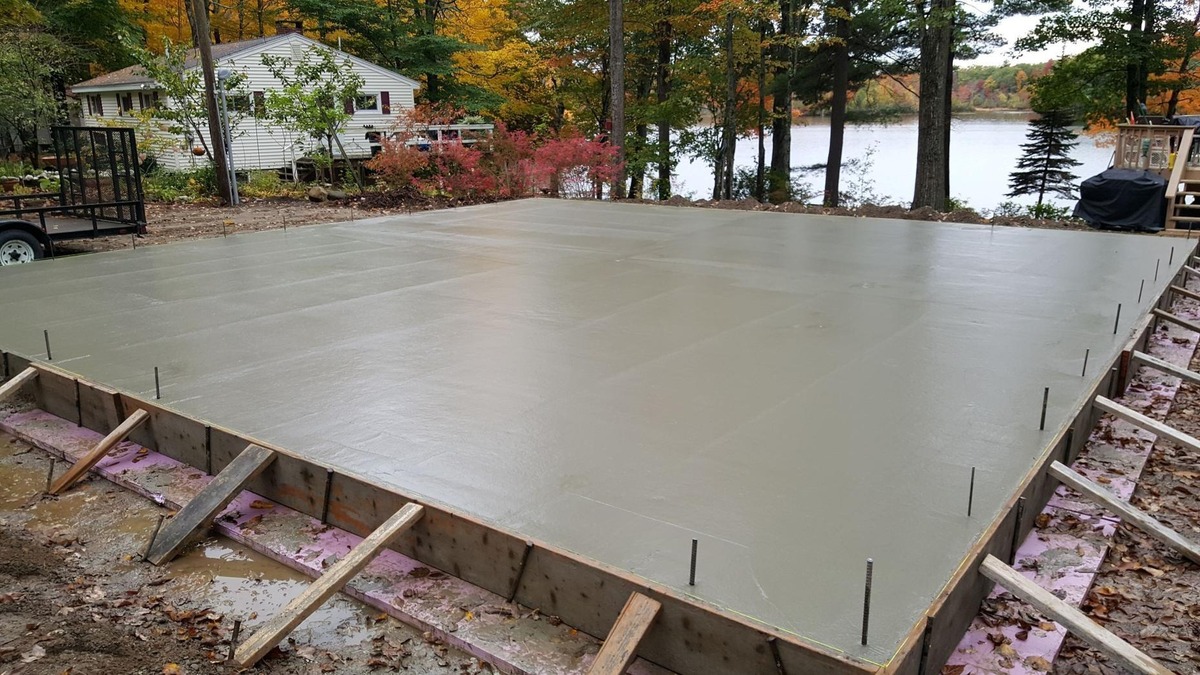
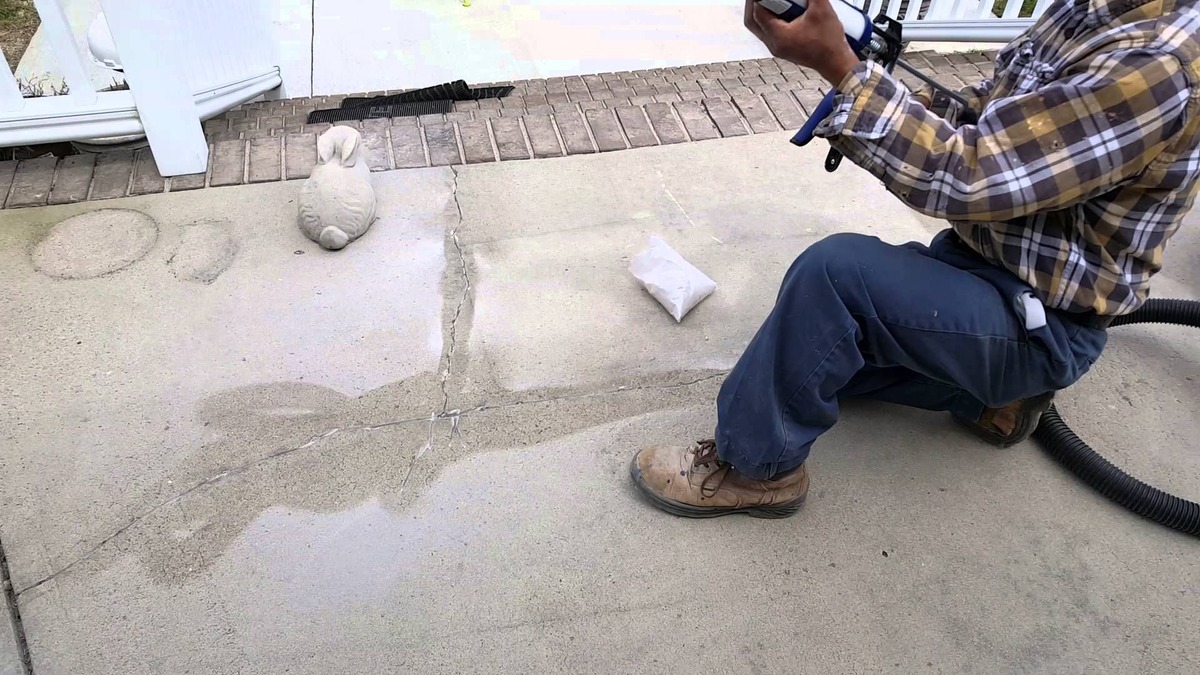
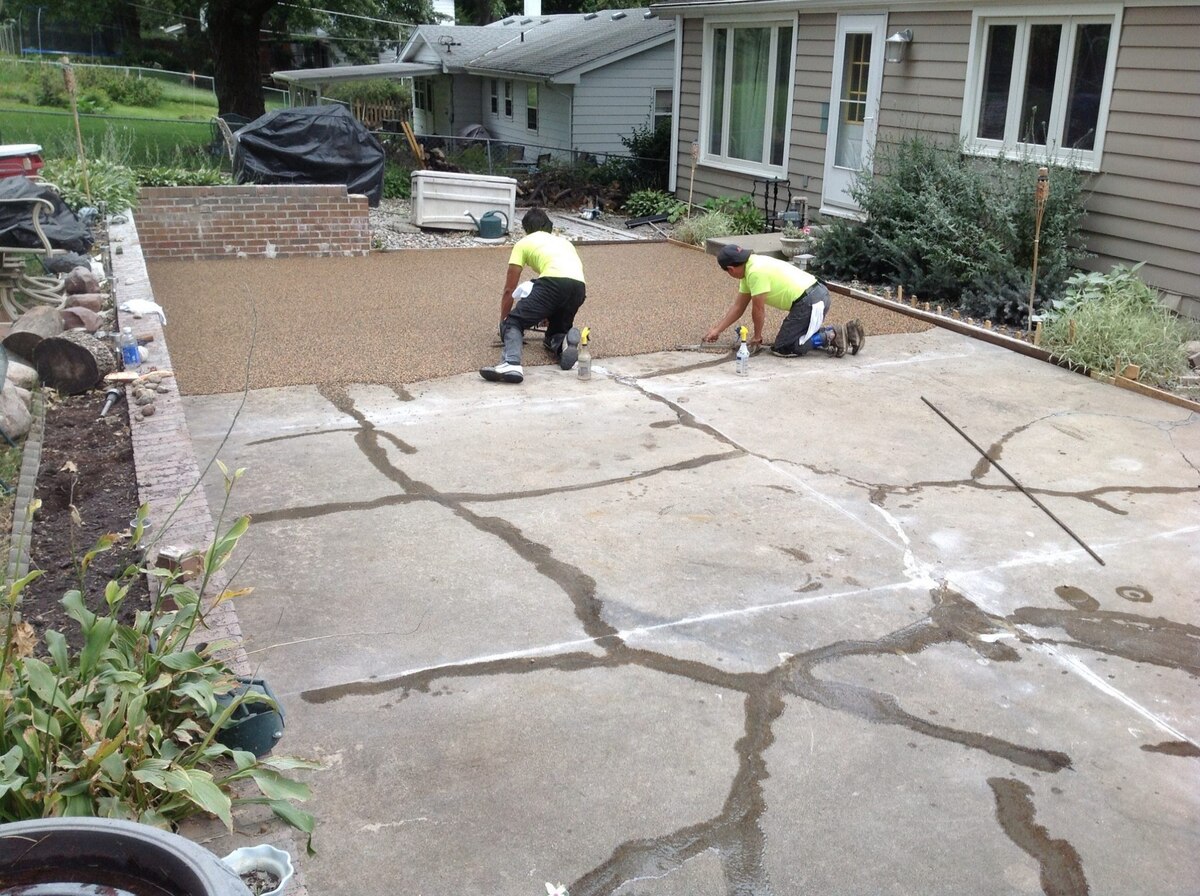
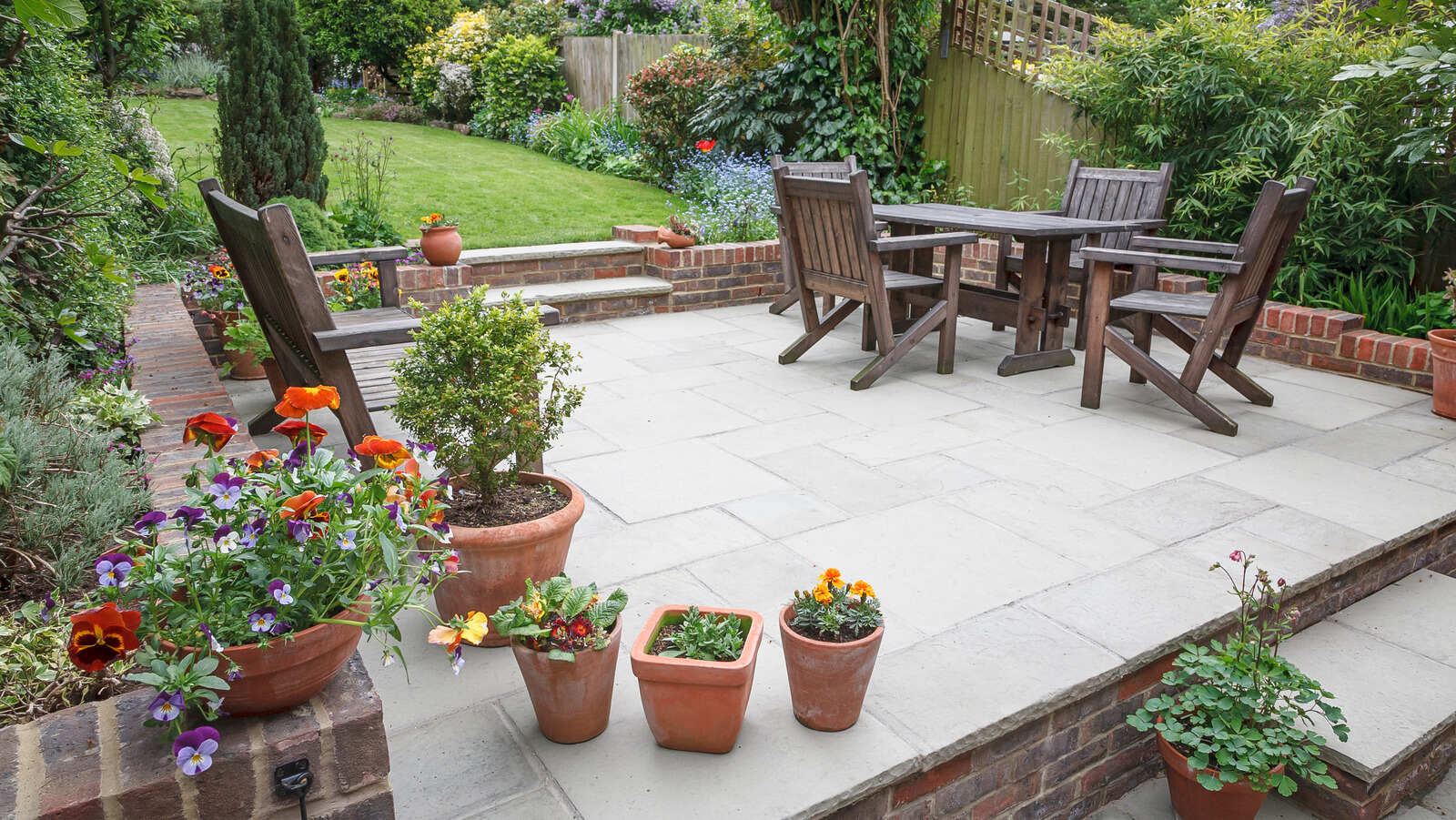

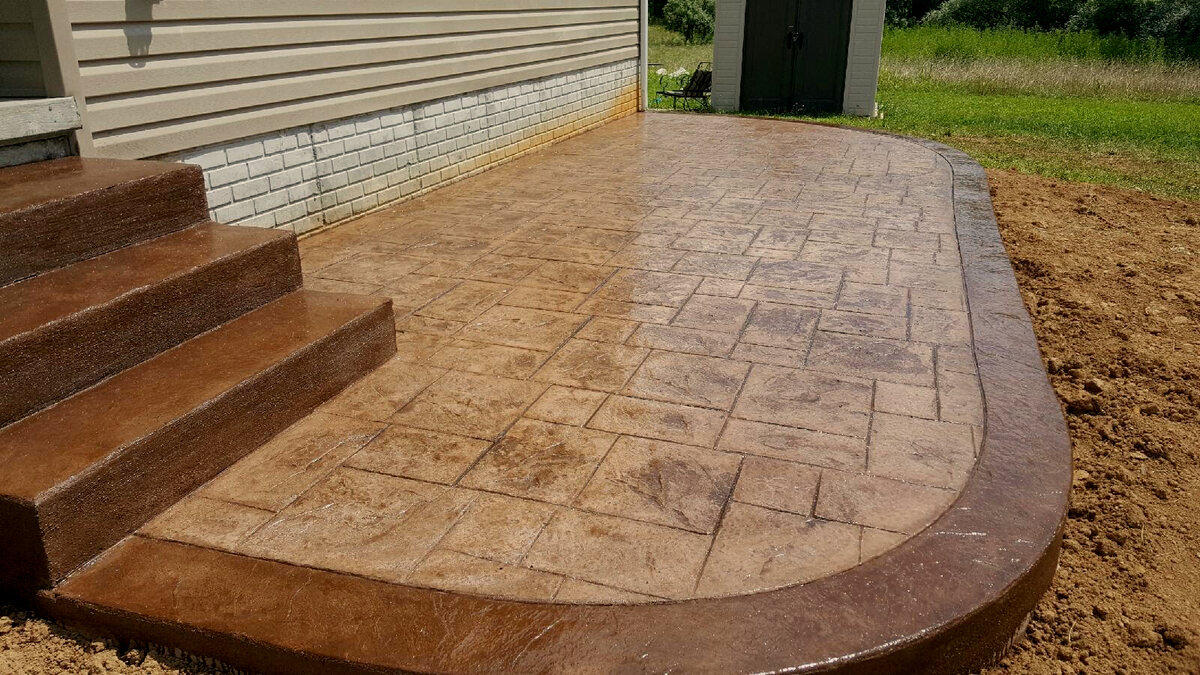

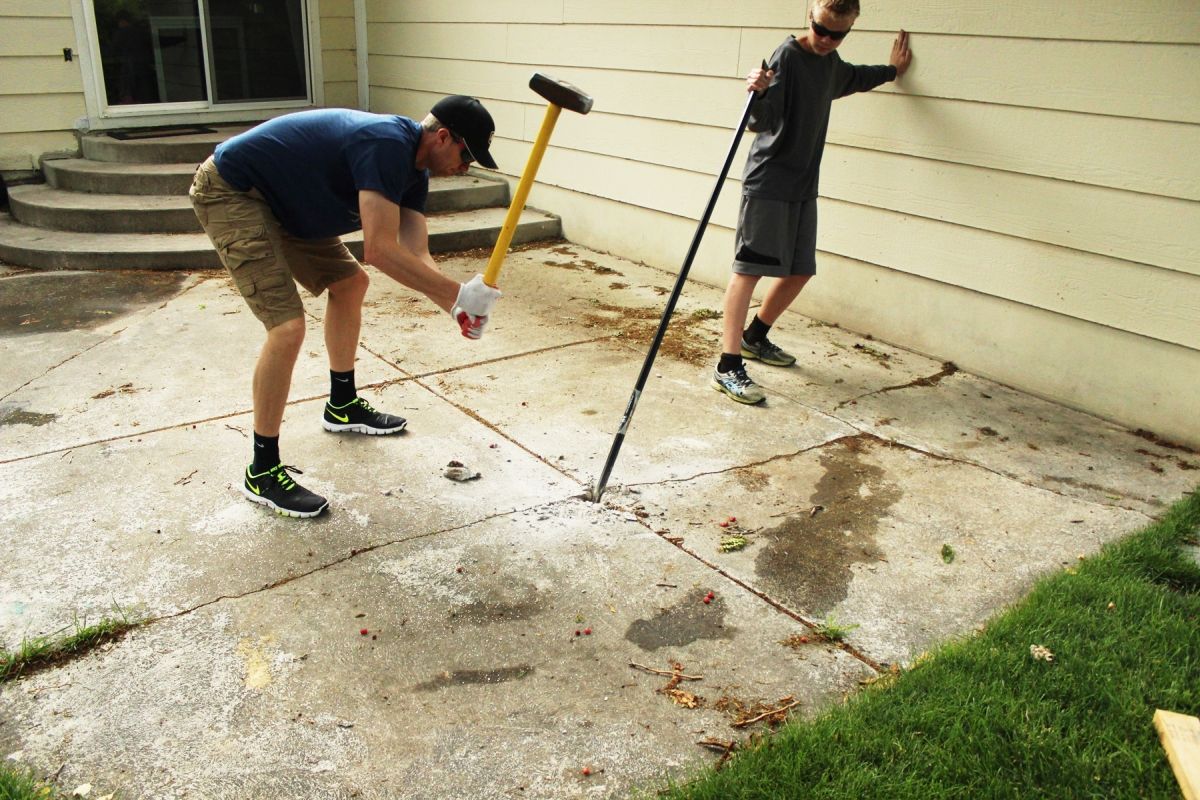
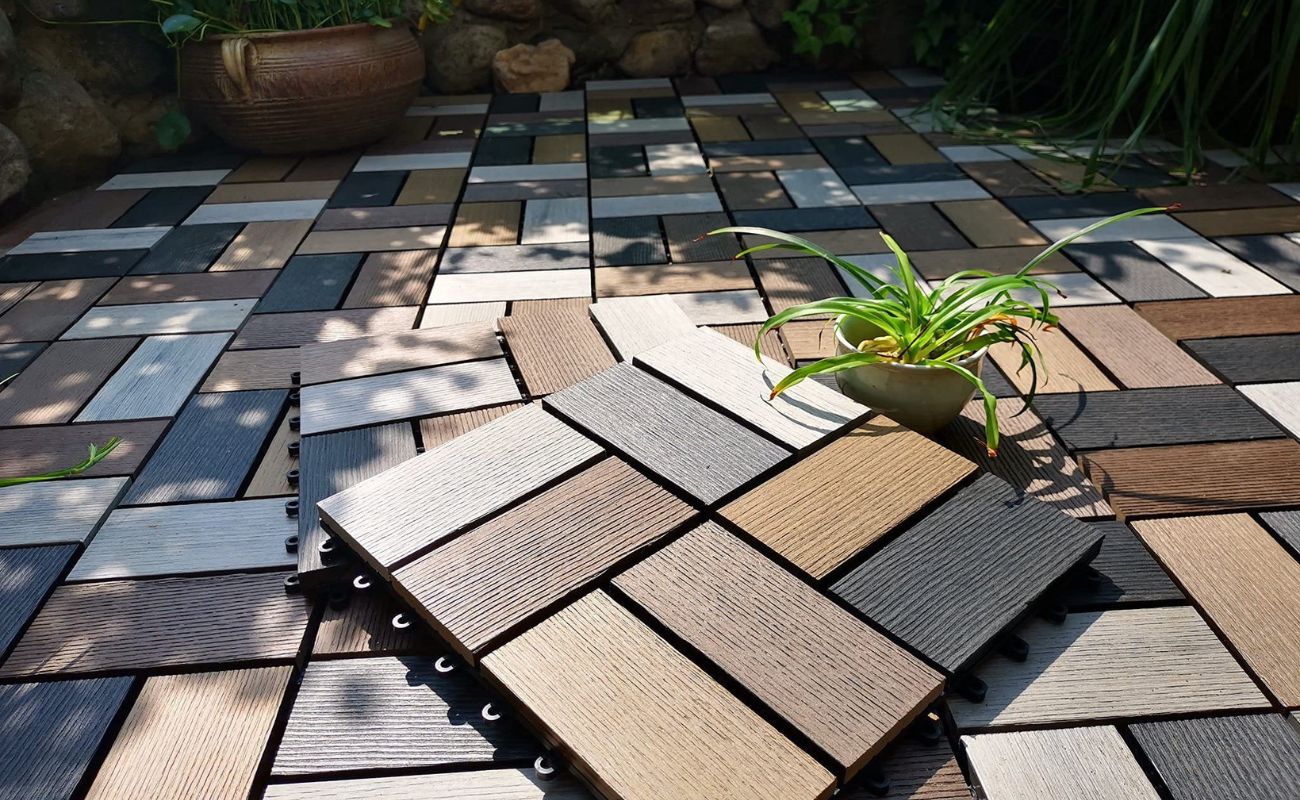

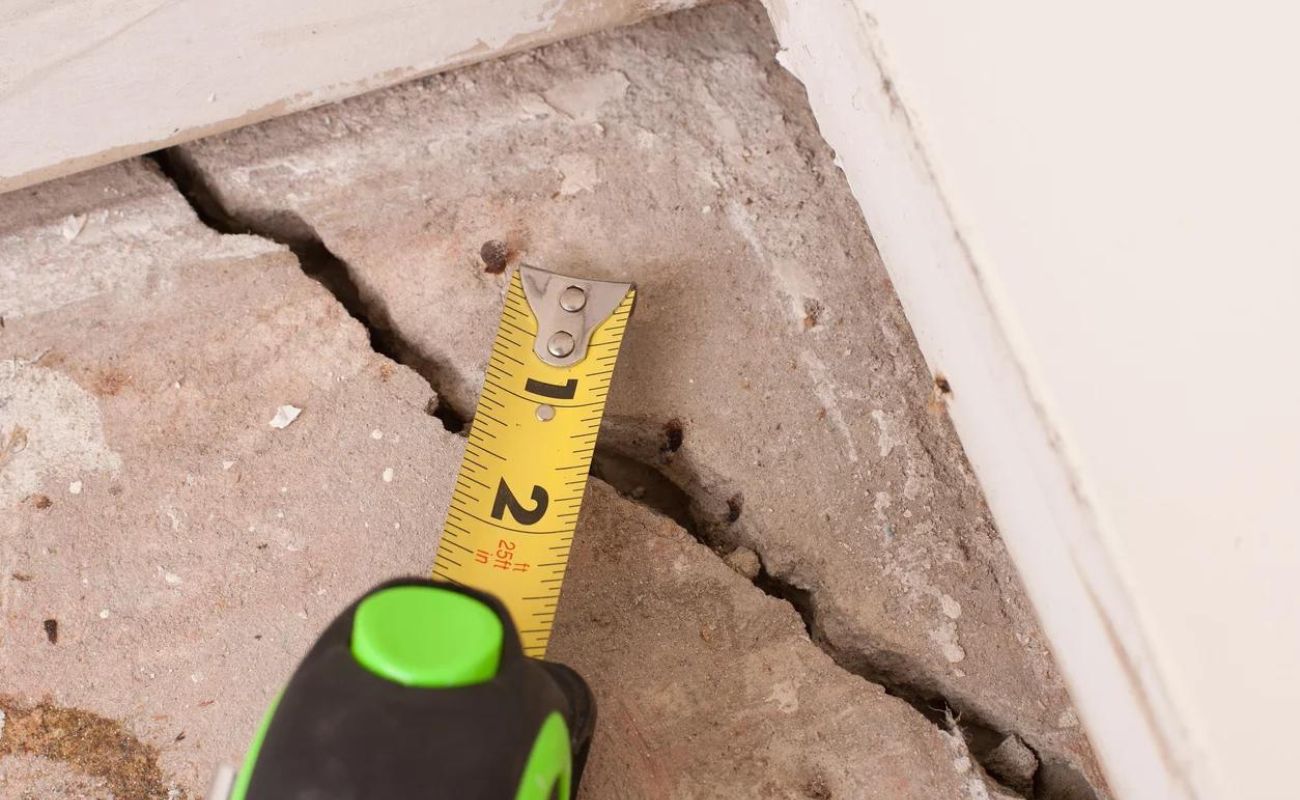
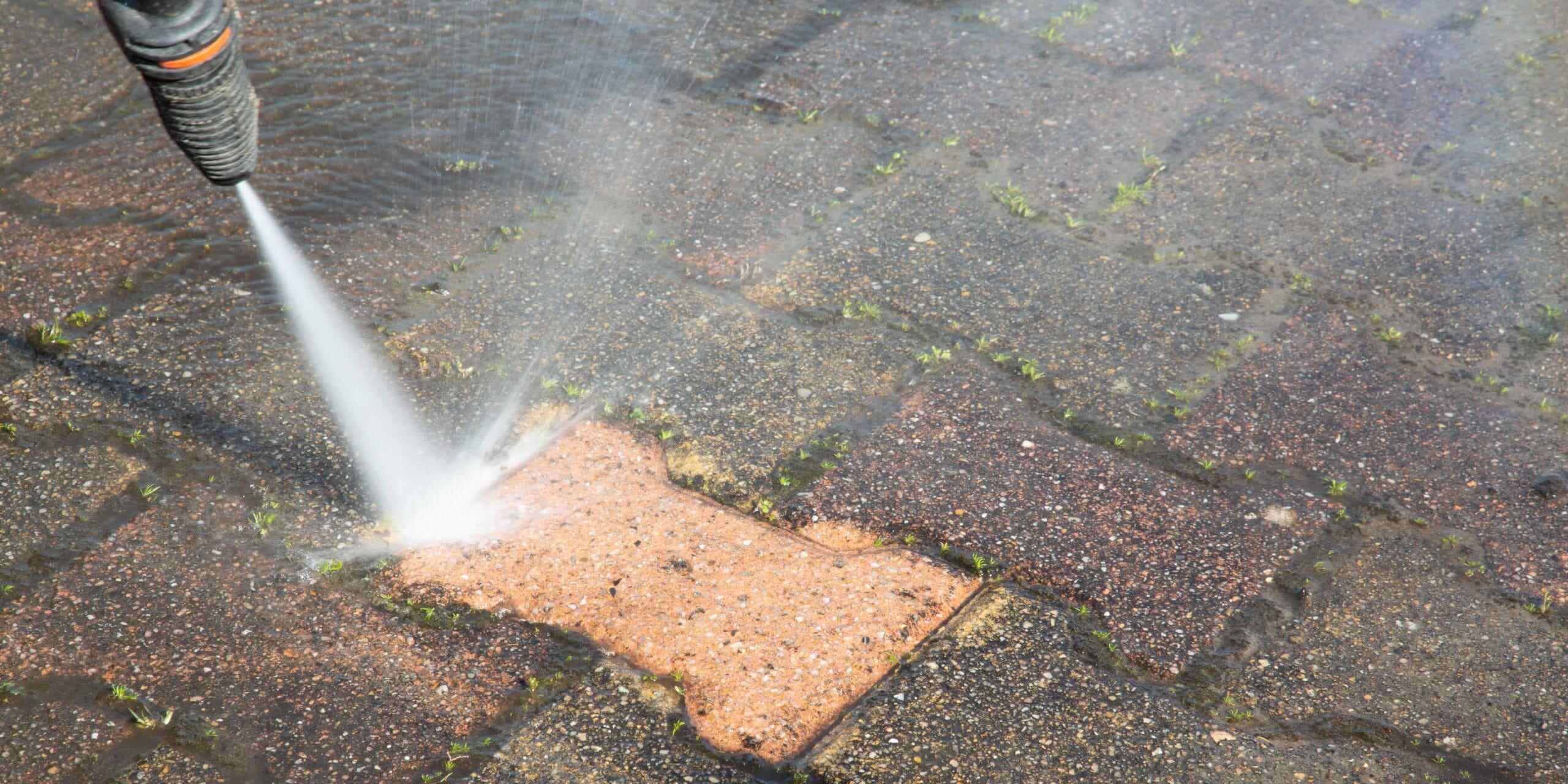


0 thoughts on “How To Demo A Concrete Patio”